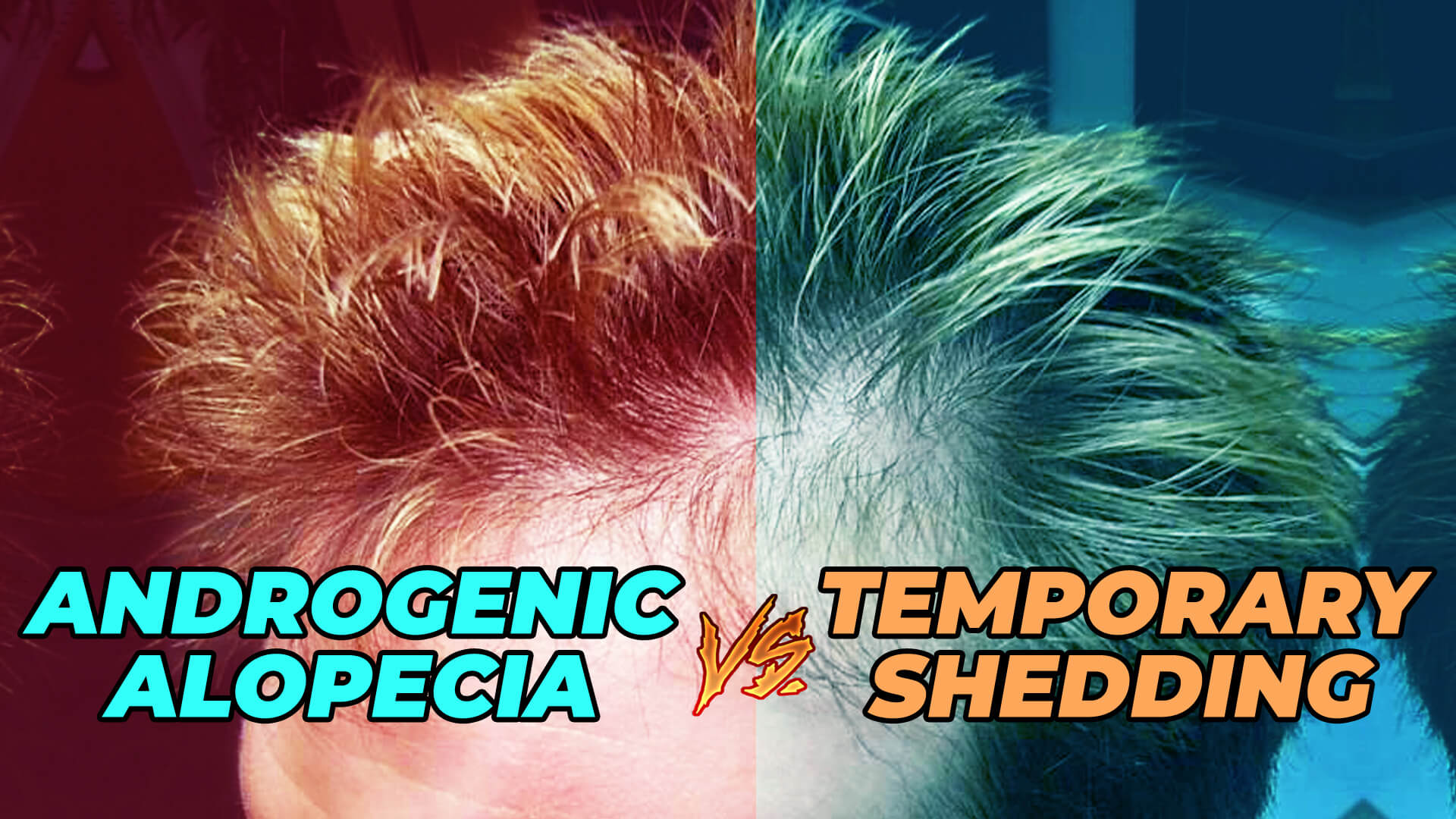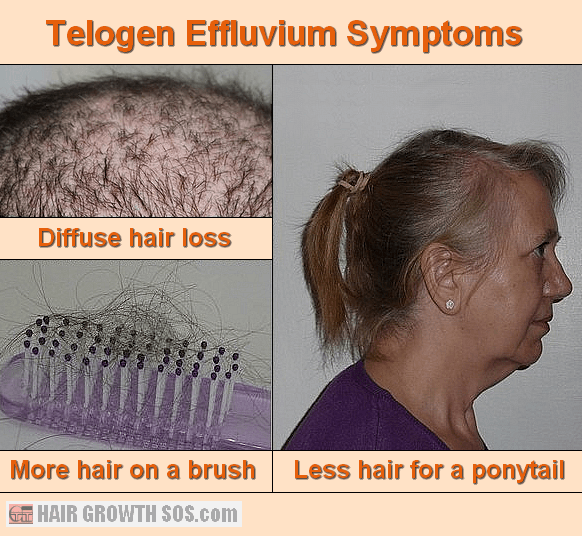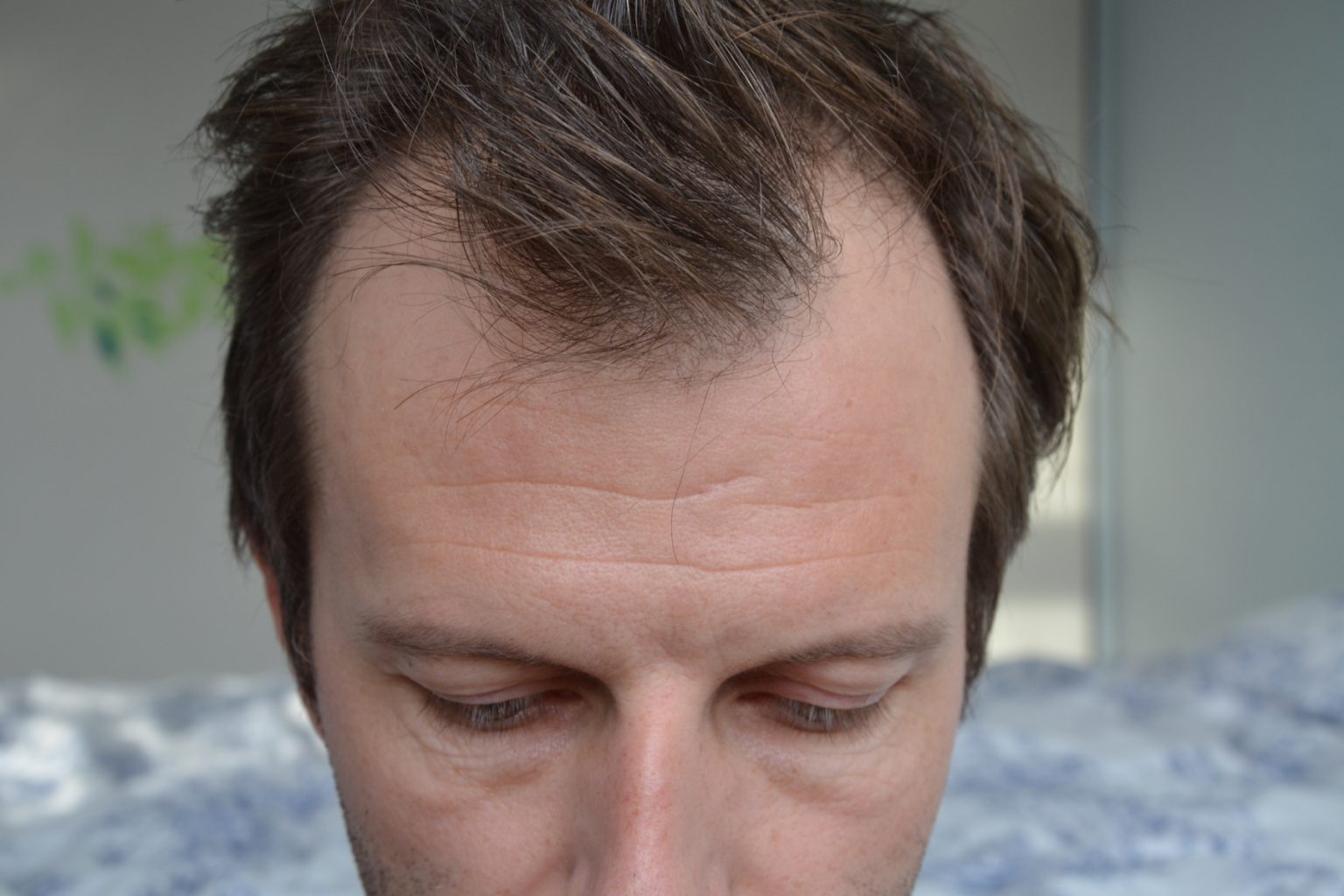Table Of Content

Headington proposed that there are five different functional types of telogen effluvium based on alternations in particular phases of the follicular cycle [2]. Whiting defined chronic telogen effluvium as an idiopathic disorder [3]. Many medications have been linked to telogen effluvium, but the most common are beta-blockers, retinoids (including excess vitamin A), anticoagulants, propylthiouracil, carbamazepine, and immunizations. Telogen effluvium is excessive hair shedding during the telogen, or resting, phase of the hair cycle. Anagen effluvium occurs during the anagen phase, which is the part of the cycle where hair is typically growing from the follicles.
Health News
According to Healthline, other common types of alopecia include traction alopecia, telogen effluvium, alopecia areata, central centrifugal cicatricial alopecia (CCCA), and lichen planopilaris (LPP). I began researching top-rated hair supplements, and ultimately went with Nutrafol—a system that targets the root causes of female hair loss like stress, the environment, and hormones. I completed a mineral hair analysis with the brand’s team of naturopathic doctors, and discovered stress was likely a key factor behind my shedding.
Telogen Effluvium Treatment
Others have only patches of hair loss or thinning on their scalp. The chronic form lasts longer and can affect a larger area of the scalp. It tends to begin suddenly in females between the ages of 30 and 60 who have thick hair. The hair may come out in handfuls when it begins, though it comes and goes and may become less severe over time.
What are risk factors for telogen effluvium?
In a normal healthy person's scalp, about 85% of the hair follicles are actively growing hair (anagen hair) and about 15% are resting hair (telogen hair). A hair follicle usually grows anagen hair for 4 years or so, then rests for about 4 months. Telogen effluvium is a type of temporary hair loss that occurs when a large number of hair follicles enter the resting phase of the hair growth cycle prematurely. Additionally, emotional distress incurred during the acute phase of TE can sometimes become its own stressor, feeding the process forward. Telogen effluvium is a type of hair loss that involves rapid shedding of hair over a short period.

Treatment / Management
Modest cases are more troublesome, but trichoscopy is of a major help. The ratio between the hair density at the vertex and that at the occiput should be less than 1.49 MWT is a simpler and invaluable diagnostic tool providing a measure of the respective severities. The prevalence of vellus hairs that exceeds 10% indicates AGA that deserves treatment. Two different pathogenetic mechanisms may interact.14 Postpartum TE is an example. A collective teloptosis may in fact coexist with an autoimmune form. From this point of view, the possible coexistence of TE with postpartum thyroiditis, which develops occurs in about 5% of the new mothers,48 has never been investigated.
Your doctor also may do blood tests to check for conditions such as thyroid abnormalities that may be contributing to hair loss. Most cases of telogen effluvium can be diagnosed based on medical history and an examination of the scalp and hair. If the hair loss has been occurring for several months, there may be visible thinning patches, but often the hair loss is not dramatic enough for a doctor to notice. If you have large bald patches, you probably don't have telogen effluvium. If the doctor gently tugs on some hairs on your scalp and four or more hairs come out, you probably have telogen effluvium.
Alopecia areata
It's common for your hair to fall out over a period of days to weeks. You might also lose hair in other areas, such as your eyebrows, armpits, and pubic area. As with telogen effluvium, the loss is usually temporary, and your hair will grow back. Anagen effluvium is similar to telogen effluvium, but it happens much more quickly and can cause you to lose all your hair.
Can Stress Cause Hair Loss? - The New York Times
Can Stress Cause Hair Loss?.
Posted: Tue, 11 Jul 2023 07:00:00 GMT [source]
Is there a difference between telogen and anagen effluvium?
Telogen effluvium is a form of nonscarring alopecia characterized by diffuse, often acute hair shedding.[1][2][3][4][5] Another form that is chronic with a more insidious onset also exists. Telogen effluvium is excessive shedding of resting or telogen hair after some metabolic stress, hormonal changes, or medication. Telogen hair is also known as club hair due to the shape of the root.
What are treatments for telogen effluvium?

Losing your hair can be a distressing experience, but you’re not alone. A few weeks later, my bloodwork came back with slightly low iron. While my result of 29 fell within the "normal" range of 12 to 207, my dermatologist said he wanted to see the number up around 70. Low iron can result in hair shedding as well as fatigue, lightheadedness, and heart palpitations, all of which I’d experienced and wrote off as anxiety.
At any given time, about 85% to 90% of the hairs on the average person's head are actively growing (the anagen phase) and the others are resting (the telogen phase). Typically, a hair is in the anagen phase for two to four years, then enters the telogen phase, rests for about two to four months, and then falls out and is replaced by a new, growing hair. Many drugs are responsible or are allegedly credited of hair loss. Because of their toxic effect on the hair’s matrix, most of the 90 chemotherapeutic drugs that are presently administered induce hair to fall. Heparin sodium and heparinoids, do it as well in more than 50% of the patients. Another of Kligman’s contributions was the mention of febrile and chronic systemic illnesses, childbirth, major surgery, and emotional strain as possible etiologic events.
Anagen effluvium is often a side effect of chemotherapy or can be due to immune system reactions. It can also develop from hairstyles that pull on the hair or from harsh hair care products. Some hair supplements contain saw palmetto, which should not be consumed by people who are pregnant or breastfeeding. “This often happens when hairstyles like tight ponytails, braids, or extensions are worn regularly,” Dr Shah explained. With this in mind, one expert spoke with Express.co.uk about some of the causes of thinning hair. Topical minoxidil has also been tried and it is a reasonable candidate drug which is known to prolong anagen [24].
Finally, the telogen phase lasts for around three to five months, and 10% of the scalp hair are in this phase. During this phase, the hair shaft matures into a club hair, which is eventually shed from the follicle. If the percentage of scalp follicles present in the telogen phase increases, this results in excessive shedding of hair [8,9].
The growth of the telogen hairs ceases for 1 to 6 months (on average 3 months), though this cessation of growth is not noticed by the patient. When the hairs reenter the growth phase (anagen), the hairs which had been suspended in the resting phase (telogen) are extruded from the follicle, and hair shedding is observed. The main difference between the two types is when they happen in the hair growth cycle. Telogen effluvium happens in the telogen, or resting, phase of the hair growth cycle; anagen effluvium happens in the anagen phase, when your hair is growing. Anagen effluvium causes a lot of hair loss very quickly, while telogen effluvium is usually a more gradual thinning.
It is thought we shed around 50 to 100 hairs naturally throughout the day. Finally, I invested in a few soothing hair care products to give my strands some much-needed TLC. Minoxidil can seriously dry out your hair and scalp, and Gisou's Honey-Infused Hair oil and Mask proved to be the perfect antidote—they both smell heavenly and make my hair and scalp feel quenched. I’ve always loved Verb’s affordable, clean products, and decided to commit to their Hydrating Shampoo and Conditioner for good.
No comments:
Post a Comment